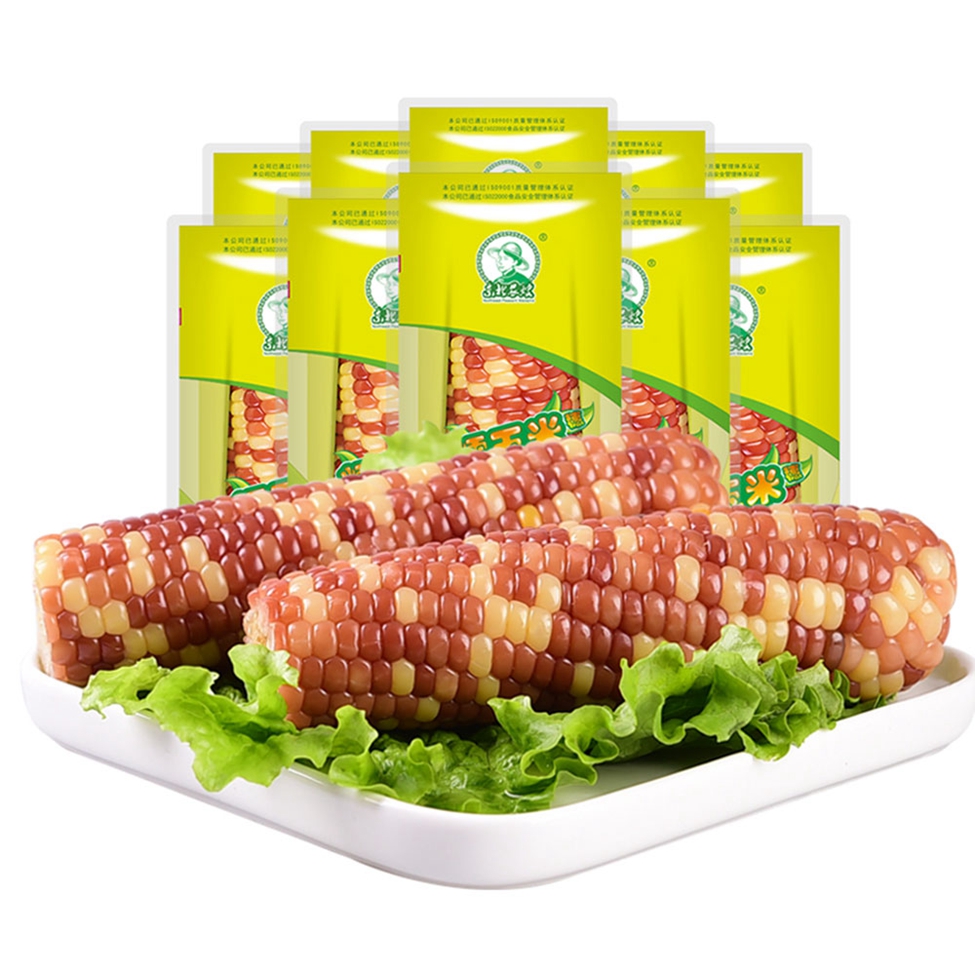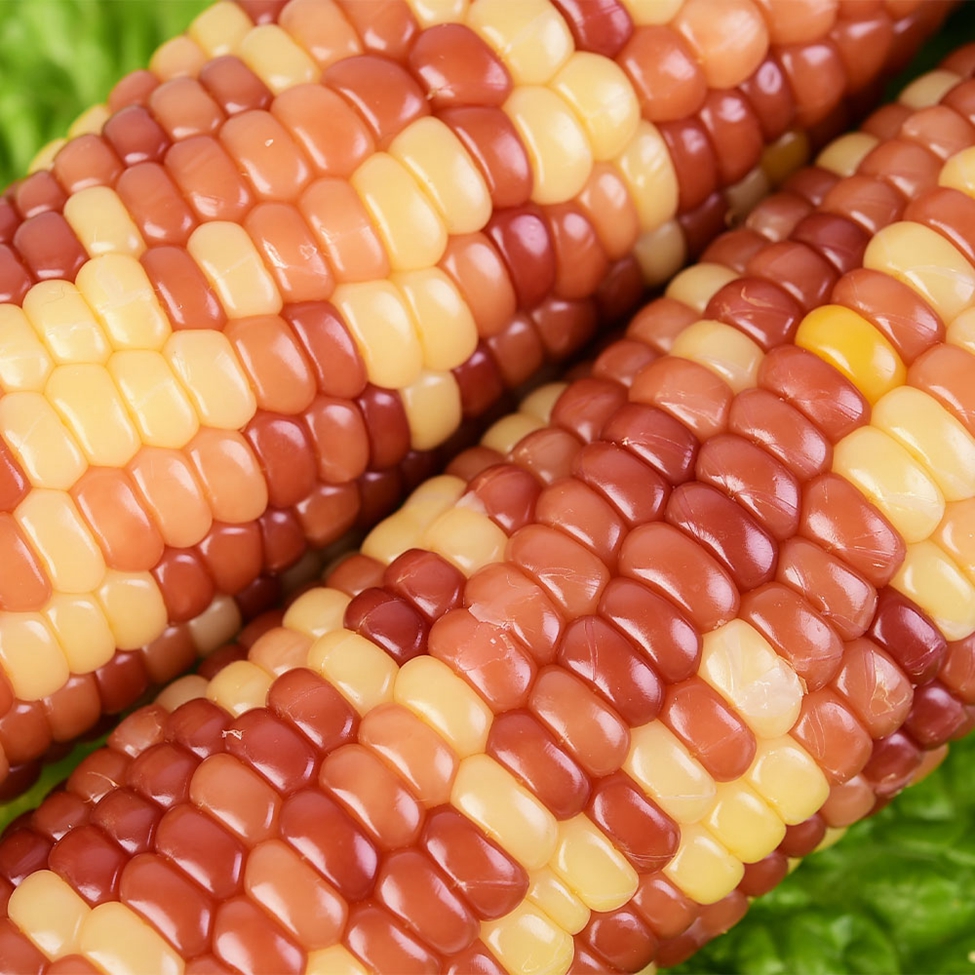Cucumber has the characteristics of warm water, large water demand and poor drought tolerance. It ensures the normal growth and development of cucumber plants at low temperature in order to ensure the temperature required for plant growth in low temperature environment. In order to obtain high yield, we should also accurately grasp the correct irrigation technique of cucumber at different growth stages. According to the summary of practical experience, the irrigation techniques of greenhouse cucumbers are as follows: First, watering according to the characteristics of the times. The wintering cucumber cultivated in the winter warm greenhouse is generally at the end of October. At this time, in addition to pouring the planted water and timely cultivating and maintaining the sorghum, the first melon can be used instead of watering, and the water can be covered after pouring the fruit water. The film is kept moisturized, and if it needs to be poured under the film, it will not lower the ground temperature. After the weather warms up, increase the amount of water to meet the growth and development of the fruit. Greenhouse cucumbers cultivated in early spring should be watered in time to meet their water needs. Second, watering according to the characteristics of different growth periods. Under normal circumstances, the cucumber will be planted while watering, and the seedling water will be poured once 3 to 5 days after the watering, until the young melon grows to 15 to 28 cm. After sitting on the cucumber, pour it again. As a result, the early planting was small, the leaf transpiration was small, the number of fruits was small, and the ventilation was small. Generally, water could be poured for 7-10 days (the water volume was small). Later, with the growth and development of the plant, the number of sitting melons increased, the ventilation volume increased, and the transpiration increased. The number of watering intervals should be shortened and the amount of watering should be increased. Keep the soil dry and wet (mainly wet), generally You can pour a water for 5 to 7 days, and keep the soil moist during the harvest period to increase the weight of the single melon. Third, the watering time of the day in the greenhouse. During the growth period, you should choose sunny watering in the morning. After watering, it should be ventilated and drained. It is not suitable to water in the afternoon, evening or rainy days. Otherwise, the humidity in the shed will be too large, causing downy mildew and other diseases. It is not suitable for watering at noon. In order to avoid the high temperature watering affecting the physiological functions of the root system; the weather is hot in the middle and late stages, and the greenhouse can be ventilated day and night. Water should be given in the morning and evening to cool down. Fourth, look at the growth of the situation. The plant is dark green, the leaves are shiny, green and flat, and the heart leaves are stretched, which is an even and appropriate expression of moisture. If the heart leaves are not shrinking, the leaves are dark green, and the mild leaves are drooping on sunny days. If the heart leaves are over-expanded, the leaves are large and thin, and the leaves are spit with too much water. It is a manifestation of excessive water, and should be controlled by water. 5. Irrigation of cucumber during the late growth period. At the later stage of cucumber production, it has experienced more than 100 days of growth. At this time, the plants have become aging. If you want to continue to have better yield and benefit, you must insist on continuing irrigation and fertilization, and strengthen the implementation of comprehensive technical measures. . At this time, the amount of irrigation should be controlled to achieve 7 days of water. Disclaimer: Some articles on this website are transferred from the Internet. If legal rights of third parties are involved, please inform this website. phone Single Packed Mottled Waxy Corn Waxy corn comes in a variety of colours. Some people wonder if waxy corn is a genetically modified product. In fact, it is not. Waxy corn originated in China. It is caused by a genetic mutation. Artificial selection gradually led to the emergence of a type of tannin.
Colorful Waxy Corn,Colorful Mottled Waxy Corn,Single Packed Mottled Waxy Corn,Single Packed Colorful Waxy Corn Jilin Province Argricultural Sister-in-law Food Co., Ltd. , https://www.nongsaocorns.com
Waxy corn, also known as waxy corn, is sticky corn. The grain has coarse, waxy endosperm, similar to shiny, glassy (clear) grains such as hard and dented corn. Its chemical and physical characteristics are controlled by a recessive gene (wx), which is located on chromosome 9. 100% of the starch in the endosperm is straight-chain starch.
Coloured glutinous corn is generally white, yellow, red, purple and black, with white, yellow and purple corn being the basic colours. Purple and white hybrids naturally become purple if the purple gene "beats" the white gene and vice versa, so if the two tie we see white and purple corn. Purple can turn into red and black corn, or as we often say, "red is purple and black is purple". Of these colourful corn, the most common yellow waxy corn is the most nutritious as it is rich in carotenoids...
Currently, the only genetically modified foods sold on the Chinese market are soybean oil and papaya. Waxy maize is a hybrid variety and is not associated with genetic modification. Therefore, it can be concluded that glutinous maize is a hybrid variety and has nothing to do with genetic modification.
Genetic modification is a type of "genetic engineering" in modern science and technology, which makes use of modern molecular biology techniques. Hybridisation is the mating of individuals of different genotypes to produce offspring that are different from the original "pure" breed. In a sense, it belongs to the natural exchange of genes that can occur in nature.


